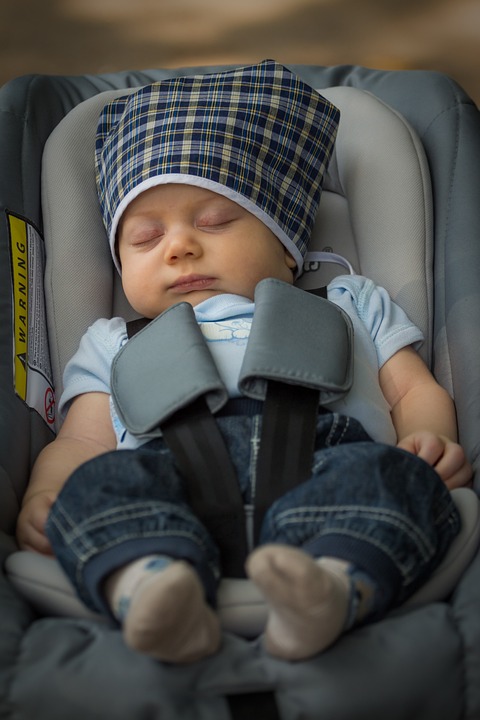As a parent, you always want what’s best for your baby. Whether it’s providing them with nutritious food, a safe environment, or medical care when needed, you strive to give your little one everything they need to thrive. If you’ve noticed that your baby has a misshapen or flat head, you might be feeling concerned. But don’t worry, there’s a solution that can help – helmet therapy.
What is Helmet Therapy?
Helmet therapy, also known as cranial orthosis, involves the use of a specially designed helmet to help reshape a baby’s skull. It is commonly used to treat positional plagiocephaly, which occurs when a baby’s head develops a flat spot due to extended periods of time spent in one position, such as lying in a crib or car seat. This condition is more common than you might think, affecting as many as 47% of infants, according to the American Academy of Pediatrics.
The Benefits of Helmet Therapy
Helmet therapy offers several benefits for babies with misshapen or flat heads. Here are some of the ways in which it can help:
Promotes Symmetrical Head Shape
One of the primary benefits of helmet therapy is that it promotes the growth of a symmetrical head shape. By providing gentle, constant pressure in specific areas, the helmet encourages the skull to grow in a more balanced and rounded shape, helping to correct any flat spots or asymmetry.
Prevents Further Misshaping
Helmet therapy not only helps to reshape a baby’s head, but it also prevents further misshaping. By providing support and stability, the helmet ensures that the baby’s head continues to grow in a more even and uniform manner, reducing the risk of persistent flattening or asymmetry.
Enhances Overall Development
By addressing the issue of a misshapen or flat head, helmet therapy can have a positive impact on a baby’s overall development. A well-rounded head shape can contribute to improved balance, coordination, and motor skills, as well as potentially reducing the risk of future complications related to cranial asymmetry.
Improves Self-Esteem
As a child grows, having a symmetrical head shape can also have psychological benefits, enhancing their self-esteem and confidence. Addressing any concerns about their appearance early on can help prevent potential self-image issues in the future.
Is Helmet Therapy Right for Your Baby?
If you’re considering helmet therapy for your baby, it’s important to consult with a pediatrician or a specialist in cranial orthotics. They can evaluate your baby’s specific condition and determine whether helmet therapy is the right course of action. In some cases, repositioning techniques or physical therapy may be recommended as a first step, while helmet therapy may be considered for more severe or persistent cases of flat head syndrome.
Conclusion
Ultimately, the decision to pursue helmet therapy for your baby is a personal one, based on the advice of medical professionals and your own judgment as a parent. By understanding the benefits of helmet therapy and seeking guidance from experts in the field, you can make an informed choice that supports your baby’s health and well-being.
FAQ
Is helmet therapy painful for babies?
No, helmet therapy is not painful for babies. The specialized helmets are designed to be comfortable and provide gentle, even pressure to help reshape the skull gradually over time.
How long does helmet therapy typically last?
The duration of helmet therapy can vary depending on the severity of the baby’s condition and how early treatment is initiated. In general, helmet therapy may last anywhere from a few months to several months, with regular check-ups to monitor progress.
Is helmet therapy covered by insurance?
Many insurance plans cover helmet therapy for the treatment of positional plagiocephaly. It’s important to check with your insurance provider to understand the coverage and any potential out-of-pocket costs.
[ad_2]

















コメント